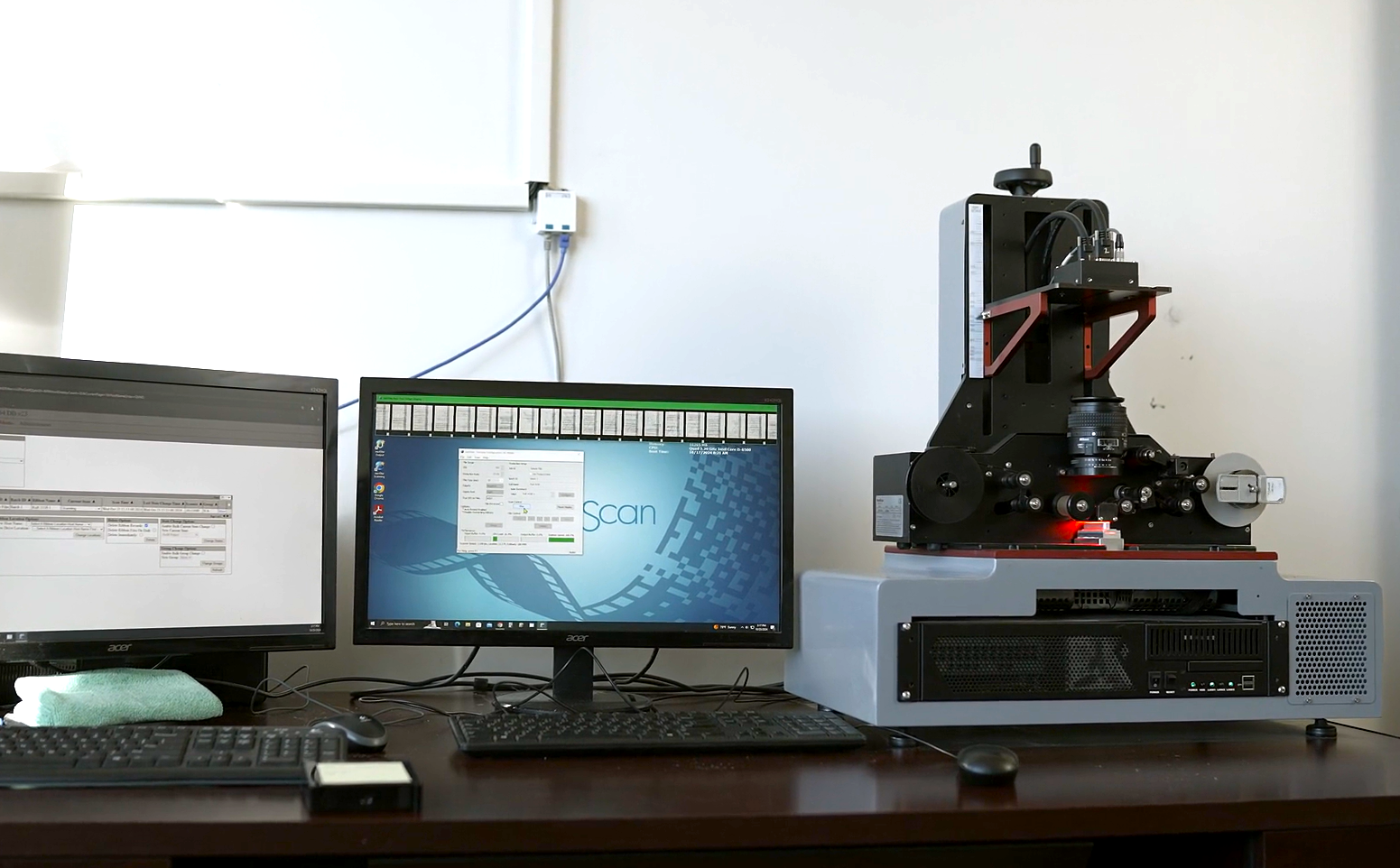Preserve and unlock the wealth of information contained within your archives with Microfilm Scanning by Inception Tech. Experience the advantages of instant access, enhanced searchability, and improved data preservation.
Our state-of-the-art equipment and expertise ensure the highest quality digitization of your microfilm collection, enabling you to harness its full potential for research, records management, and historical preservation.
Organizations have stored documents on both 16 mm and 35 mm microfilm. These rolls can hold thousands of documents per roll. If you’ve been tasked with finding documents on microfilm, you know the challenges of trying to find specific documents. You can spend hours looking for the actual page or document you need.
With our Microfilm Scanning Service, you’ll have all your microfilm records digitized, instantly searchable and available for workflow integration.
Converting your microfilm to digital files has similar benefits to converting your paper records to digital files.
Microfilm like any physical media has a shelf life and must be stored in the proper conditions. Even in the most ideal storage environment, microfilm can deteriorate. If your microfilm has any of the following conditions, you should strongly consider converting the files soon.
These are all signs of serious deterioration and should be addressed before it is impossible to use the film.
Becoming a highly efficient and accurate document experts like Inception Technologies takes time and can consume an organization’s resources. Inception eliminates the need to hire temps, invest in technology, and no need to train your staff.
Inception Technologies uses the latest microfilm scanning technology available today. Our investment in technology enables us to deliver fast and accurate data and images from your microfilm.
Our team can pick up your microfilm or you can securely ship the rolls to our office. Once received our team will perform an inventory of the rolls to verify what we received. Each roll will be entered into our Production Control system which then assigns a unique id to each roll throughout the process. From there, the digitization process begins.

Microfilm tends to be a widely used term as it applies to the type of medial being used. The term “microfilm” is most often used when referring to rolls stored in boxes or containers such as a 3M cartridge or ANSI Cartridge. These are microfilm rolls and are not the same as microfiche.


Microfilm rolls come in two different sizes. There are 16 mm and 35 mm rolls and are .63 and 1.38 inches thick, respectively.

Based on the type of microfilm being used, the document types on these rolls will vary greatly. With 35 mm rolls, the most common document types are newspapers, maps, engineering drawings, books, blueprints, or any large format. 35 mm film may also hold other document types as well. On average, a roll of 35 mm film can hold approximately 600-800 images when full but may hold more depending on the reduction ratio and original size of the documents.

With 16 mm microfilm being smaller in size, it is more commonly used for storing standard sized documents 8.5x 11 inches/A4. The length of the film is either 100 or 215 feet per roll. Based on the size of the original of the document and the reduction ratio used to create the film, the capacity of a full roll of microfilm can range from 2,500 up to 12,000 frames per roll. When considering a conversion project like this, it is very helpful to know the type of film, the length of the film and the reduction ratio. Although it is not mandatory to know these upfront, it can help expedite the quoting process.
Simplex microfilm is used to describe microfilm that has one image per frame. Please see below. For a standard 100-foot roll of film, this would contain approximately 2,500 images when full.

Duplex microfilm will contain 2 images per frame most of the time. This is typically seen in instances where a customer microfilmed double sided documents and wanted to keep the pages together. Microfilm created in duplex mode could hold approximately 5,000 images per 100-foot roll.

Blipping of microfilm provides for intelligent searching of the microfilm. Square or rectangular image marks are along the bottom or tope of the microfilm. For single level blipping, each frame is a single document and has the same sized blip. Certain microfilm readers have the ability to count the blips on the microfilm. A user could enter in a frame number such as 832 and the microfilm reader would scroll to that frame automatically based on how many blips it read.

Multi-Level blips on microfilm is utilized to create breaks in the folders, documents and pages. Different sized blips would be used for each level of organization within the documents. The Multi-Level blipping can be either 2 or 3 levels. The best way to understand how or why multi-level blipping is used is to think about papers stored in folders. For a three-level blipped film, each folder would be the largest sized blip and each document would have a medium sized blip followed by each page having a standard sized blip. In this way, the film could be searched using image addresses comprised of folder, document, and page. For example, 002.015.002 would be folder 2, document 15 and page 2. Below is a sample of two-level blipped film.

Duo-duplex microfilm is rare. The microfilm will have two channels of images and typically have blips on both sides of the film. Documents were filmed along one side of the film and then back down the other side to maximize the capacity of the film.